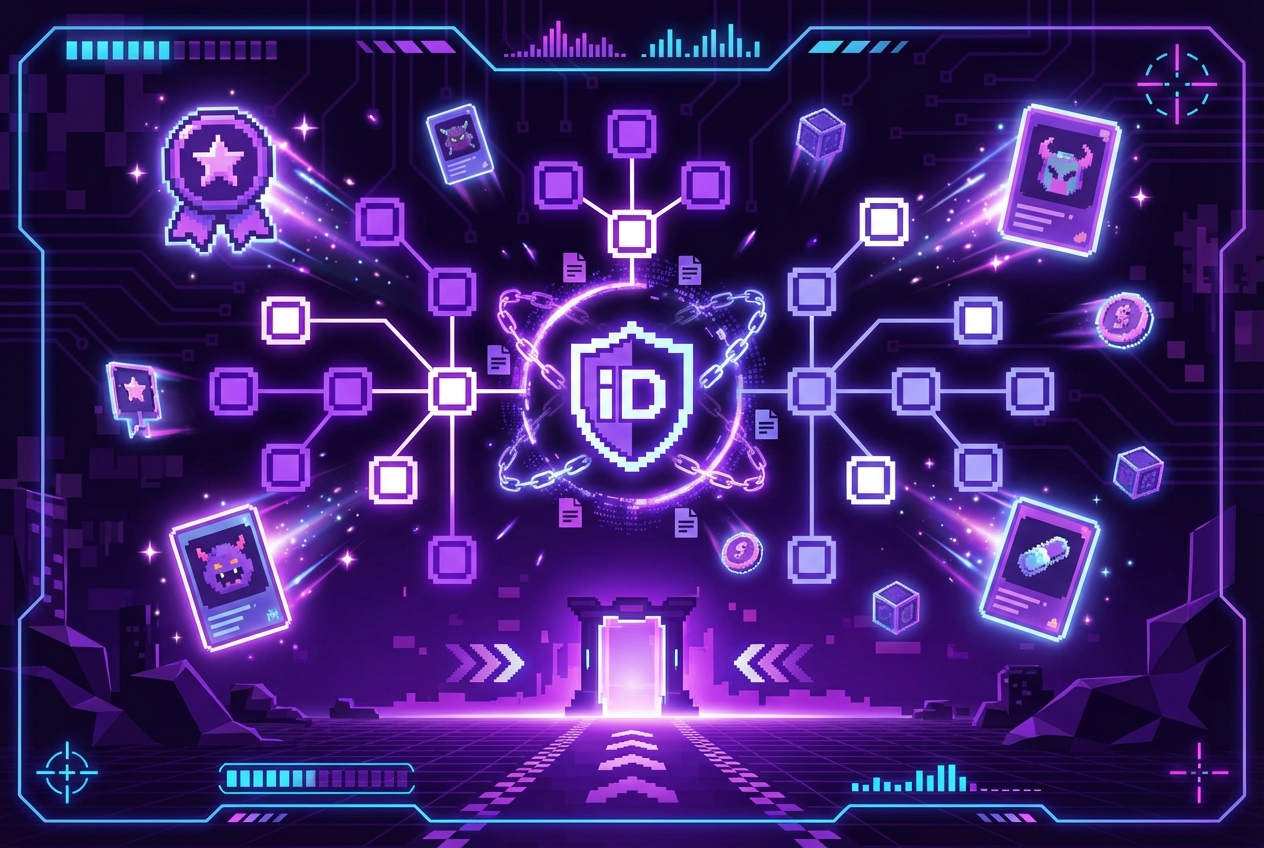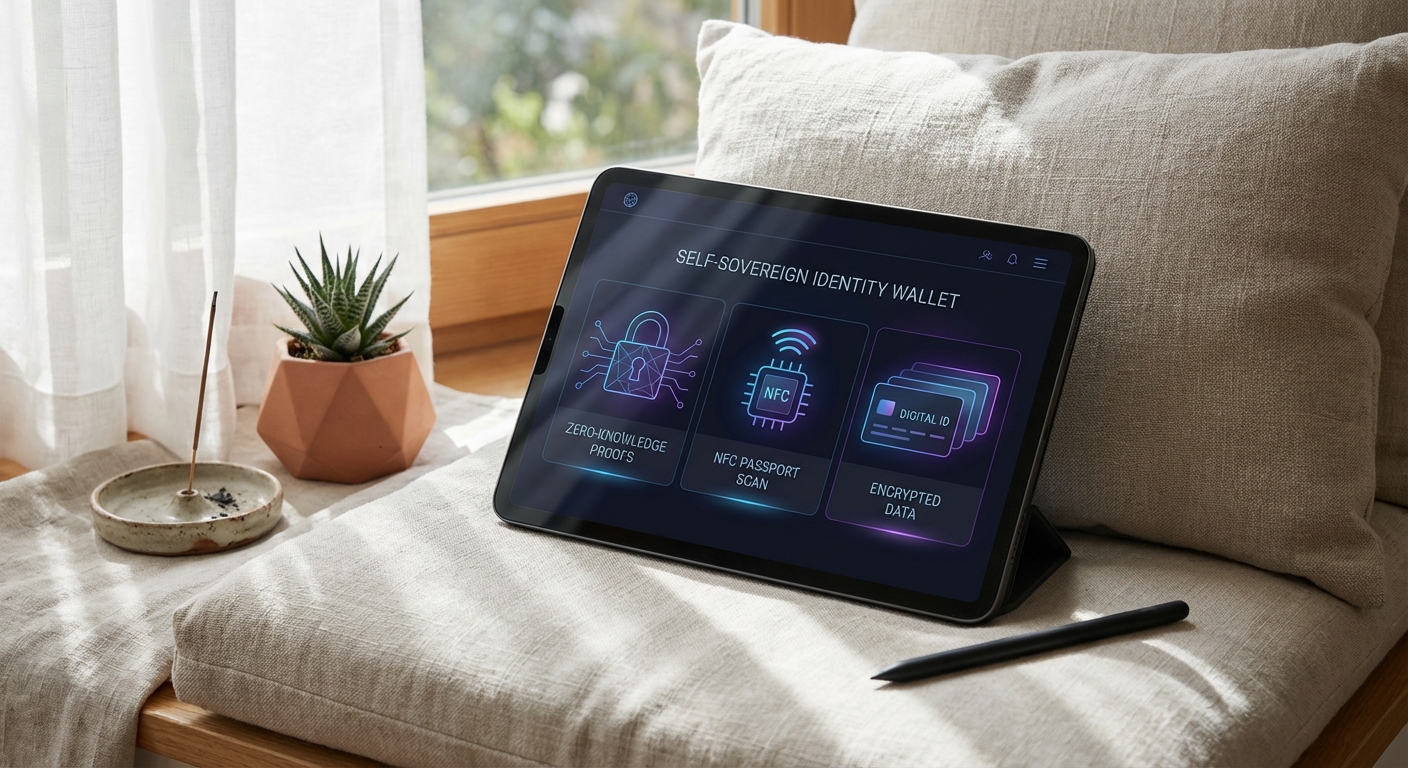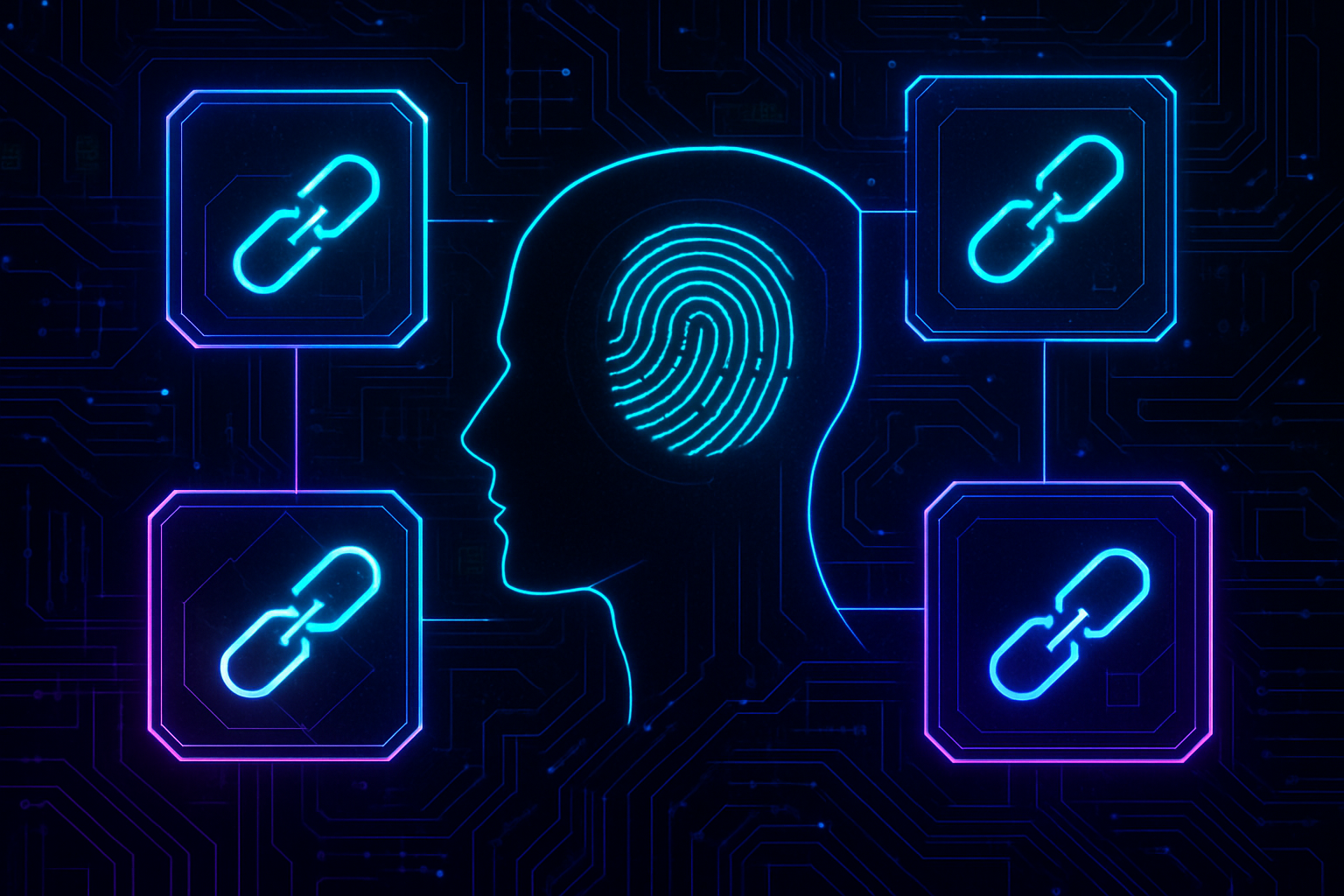
Imagine a world where your digital identity is as portable and seamless as your email address, usable across any blockchain, wallet, or decentralized service. This vision is rapidly moving from theory to reality, thanks to the emergence of chain abstraction and advanced interoperability protocols. As blockchain ecosystems grow more diverse, the need for a unified onchain passport, one interoperable digital identity that works everywhere, is becoming critical for both users and developers.

Why Chain Abstraction Matters for Identity
In the early days of Web3, each blockchain was its own island. Users juggled multiple wallets, struggled with fragmented assets, and faced a patchwork of security models. The result? A fractured user experience and increased risk of credential leaks or loss. Chain abstraction identity seeks to solve this by allowing your digital credentials, like decentralized identifiers (DIDs) and verifiable credentials, to transcend individual chains.
This isn’t just about convenience. It’s about empowering users with true ownership over their online presence while dramatically reducing friction. By abstracting away chain-specific complexities, users can interact with any dApp or protocol using a single cross-chain identity wallet. For organizations building in Web3, this unlocks new possibilities for onboarding, compliance, and privacy-preserving authentication.
The Building Blocks: Protocols Powering Interoperability
The technological foundation for multi-chain identity management is being laid by several key initiatives:
Top Cross-Chain Identity Solutions Powering Blockchain Interoperability
-
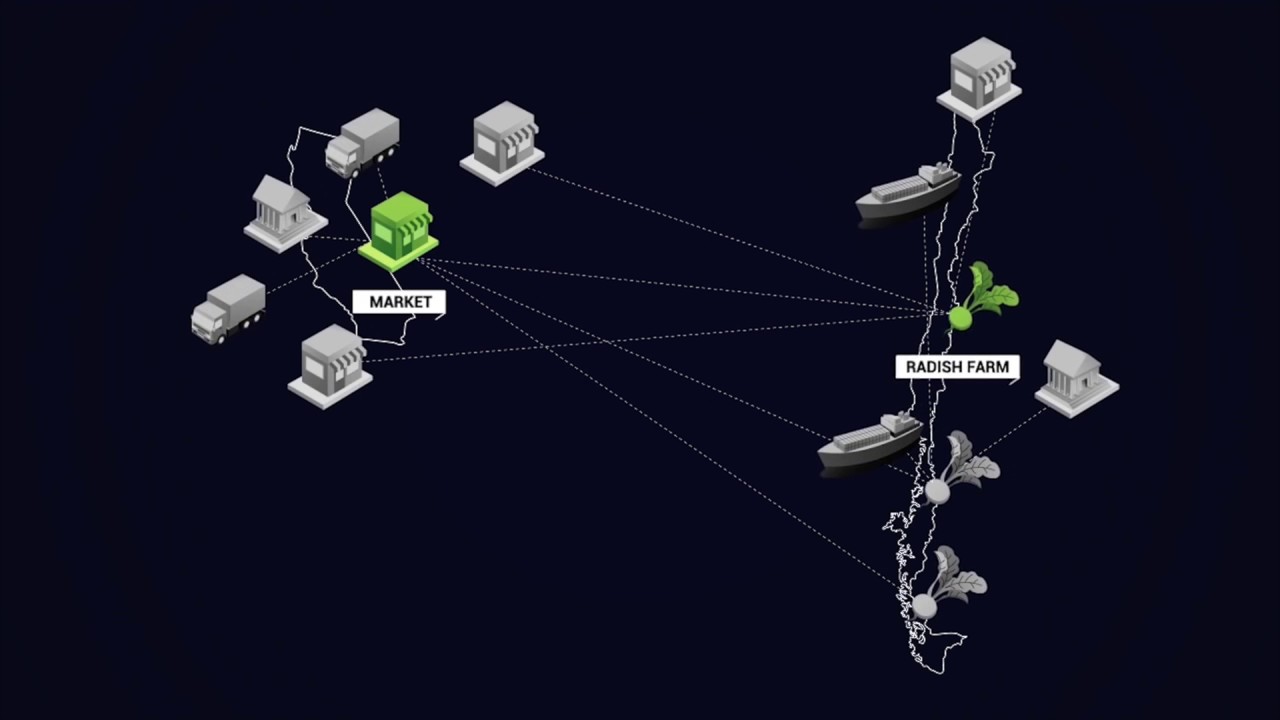
Hyperledger Weaver Framework: This open-source framework enables decentralized identity management across multiple blockchains. By leveraging self-sovereign identities and decentralized identifiers (DIDs), Weaver facilitates secure, dynamic membership discovery and credential sharing between networks, enhancing trust and interoperability.
-
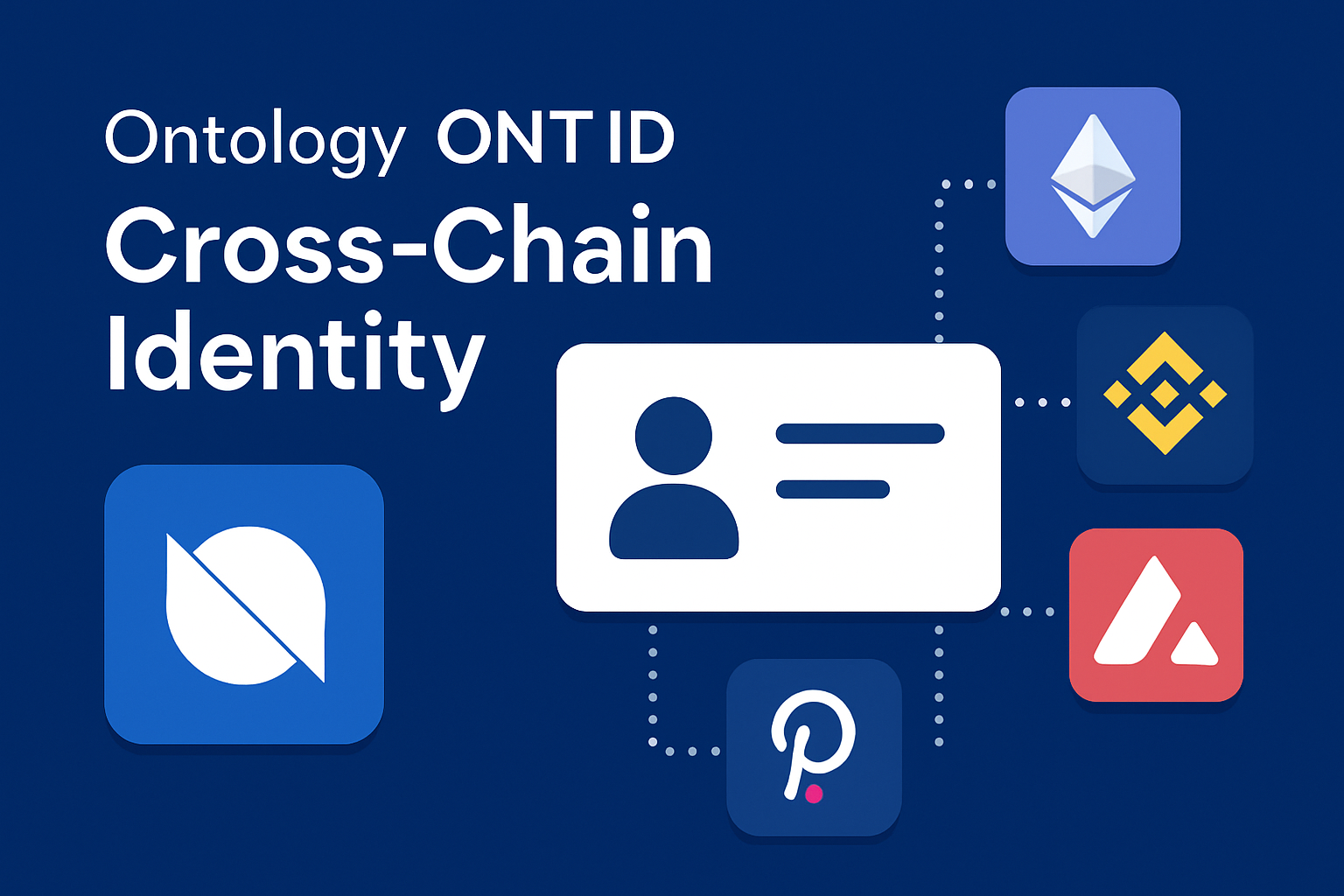
Ontology ONT ID: ONT ID is a decentralized identity platform supporting multi-chain compatibility (Ethereum, BNB Chain, Polygon, and more). It empowers users to manage cryptographically secured DIDs and verifiable credentials, enabling seamless cross-chain interactions and unified digital identity.
-
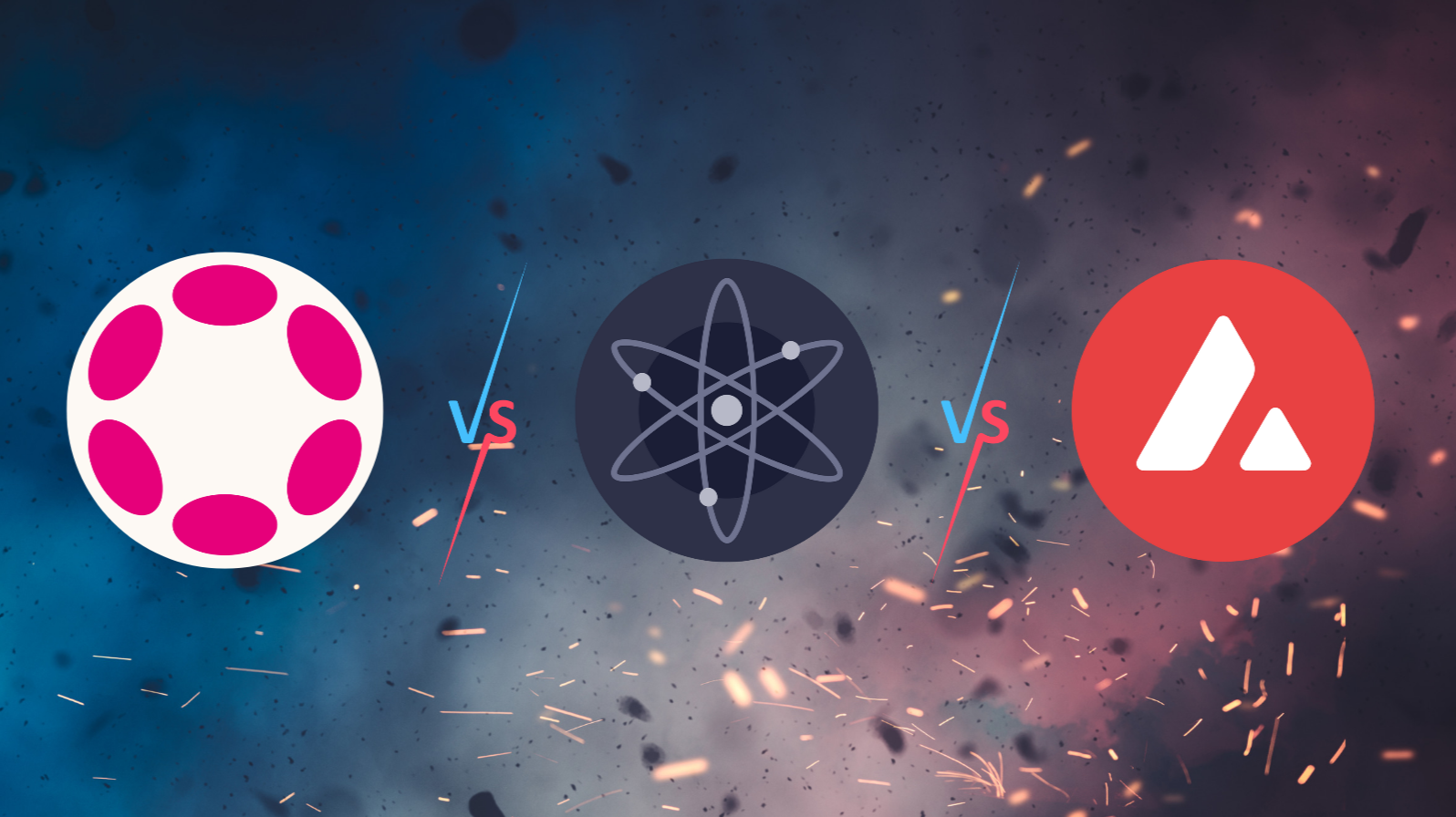
Polkadot XCMP (Cross-Consensus Message Passing): XCMP is Polkadot’s protocol for secure communication between parachains. It allows the transfer of arbitrary data—including identity information—across different blockchains, promoting interoperability and supporting a broad range of decentralized applications.
-
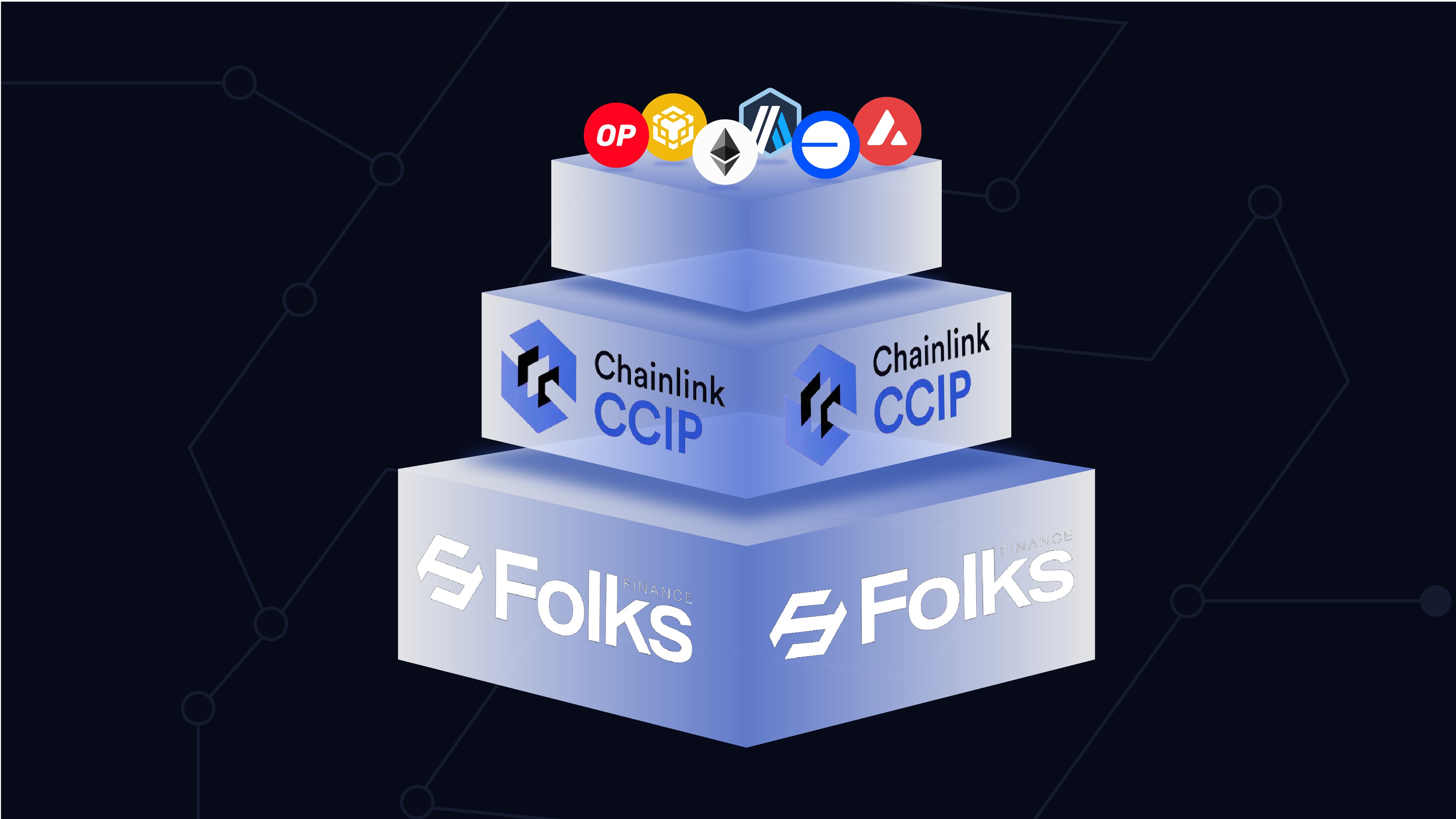
Chainlink Cross-Chain Interoperability Protocol (CCIP): CCIP sets a universal standard for secure data and value transfer between any blockchain. By providing a standardized approach to cross-chain communication, CCIP is pivotal for unified identity management and seamless blockchain interoperability.
-

China RealDID System: Launched in December 2023, China RealDID is a national-level decentralized identifier system for real-name identity verification. It features data encryption, privacy-preserving logins, and allows residents to access online services using DIDs and private keys, ensuring both security and anonymity.
Hyperledger’s Weaver Framework introduces DIDs at the network level. This allows participants across blockchains to securely discover each other’s credentials without relying on central authorities. Learn more about Weaver’s decentralized approach here.
Ontology’s ONT ID focuses on cross-chain compatibility, users can manage their DIDs and verifiable credentials on Ethereum, BNB Chain, Polygon and beyond using a single interface. This not only streamlines access but also strengthens privacy controls. Read more on ONT ID in this curated overview: Top Cross-Chain ID Solutions.
Polkadot’s XCMP protocol enables secure data, including identity proofs, to flow between parachains without intermediaries. Meanwhile, Chainlink’s CCIP sets a universal standard for value and data transfer across public and private networks alike.
User Experience: Bringing Web2 Simplicity to Web3 Identity
The promise of chain abstraction isn’t just technical, it’s deeply human-centric. In today’s multi-chain era, users want the ease-of-use they’re accustomed to from Web2 platforms but with the privacy guarantees of decentralized systems.
“As the decentralized web matures, it faces a core challenge: fragmentation of identity and assets across blockchains. “: Adegoke Yusuff (Medium)
This drive toward unification is evident in national-level initiatives as well, China’s RealDID system now enables citizens to access services anonymously yet securely using blockchain-based DIDs.
The Key Benefits of Unified Onchain Passports
- Simplified onboarding: One set of credentials for all chains eliminates repetitive KYC/AML checks.
- Privacy by design: Zero-knowledge proofs allow you to prove eligibility or ownership without revealing sensitive details.
- Ecosystem-wide access: Your cross-chain identity wallet becomes your passport for DeFi apps, DAOs, NFT marketplaces and beyond.
- Lesser risk of credential loss: Managing fewer wallets reduces attack surfaces and operational headaches.
- User-centric sovereignty: Full control over which data you share, and with whom, across platforms.
Adoption of chain abstraction identity models is accelerating as both enterprise and public sector actors recognize the efficiency and security gains. In practice, this means a future where your interoperable digital identity is instantly recognized and usable across Ethereum, Polkadot, Cosmos, and even permissioned ledgers, without ever needing to create a new wallet or re-verify your credentials.
Consider the impact for developers: by integrating with protocols like Chainlink’s CCIP or Polkadot’s XCMP, dApps can accept users from any chain while maintaining compliance and privacy standards. This not only expands market reach but also simplifies infrastructure, since identity verification and access management become protocol-agnostic.
Challenges on the Road to Seamless Multi-Chain Identity
Despite remarkable progress, several hurdles remain before we achieve truly frictionless multi-chain identity management. Technical interoperability is only one piece of the puzzle, governance, privacy regulation, and user education are equally critical.
- Standardization: Competing DID formats and credential schemas can fragment the ecosystem if not harmonized. Cross-chain identity wallets must support emerging standards to ensure broad compatibility.
- Security: While chain abstraction reduces attack vectors tied to fragmented wallets, it also concentrates risk if a universal account is compromised. Robust key management and recovery mechanisms are essential.
- User Experience: Onboarding non-technical users requires intuitive interfaces that abstract away blockchain complexity entirely, mirroring Web2 simplicity without sacrificing sovereignty.
- Regulatory Compliance: National-level frameworks like China RealDID demonstrate what’s possible in regulated markets. However, global interoperability will demand flexible compliance modules capable of adapting to local laws without undermining user privacy.
What’s Next for Unified Onchain Passports?
The roadmap ahead points toward more sophisticated forms of wallet abstraction, where users hold a single private key or mnemonic phrase that unlocks their entire digital life across all blockchains. Expect continued convergence between decentralized ID frameworks (like Hyperledger Weaver or ONT ID) and cross-chain messaging protocols (like CCIP or XCMP), enabling seamless movement of both assets and identities.
This evolution will likely spawn new business models as well: think cross-chain reputation systems, portable KYC credentials for DeFi onboarding, or NFT-based access passes valid on any network. The winners in this space will be those who prioritize both security and usability, delivering a unified onchain passport experience that feels invisible yet powerful in daily use.
Real-World Use Cases of Unified Onchain Passports
-
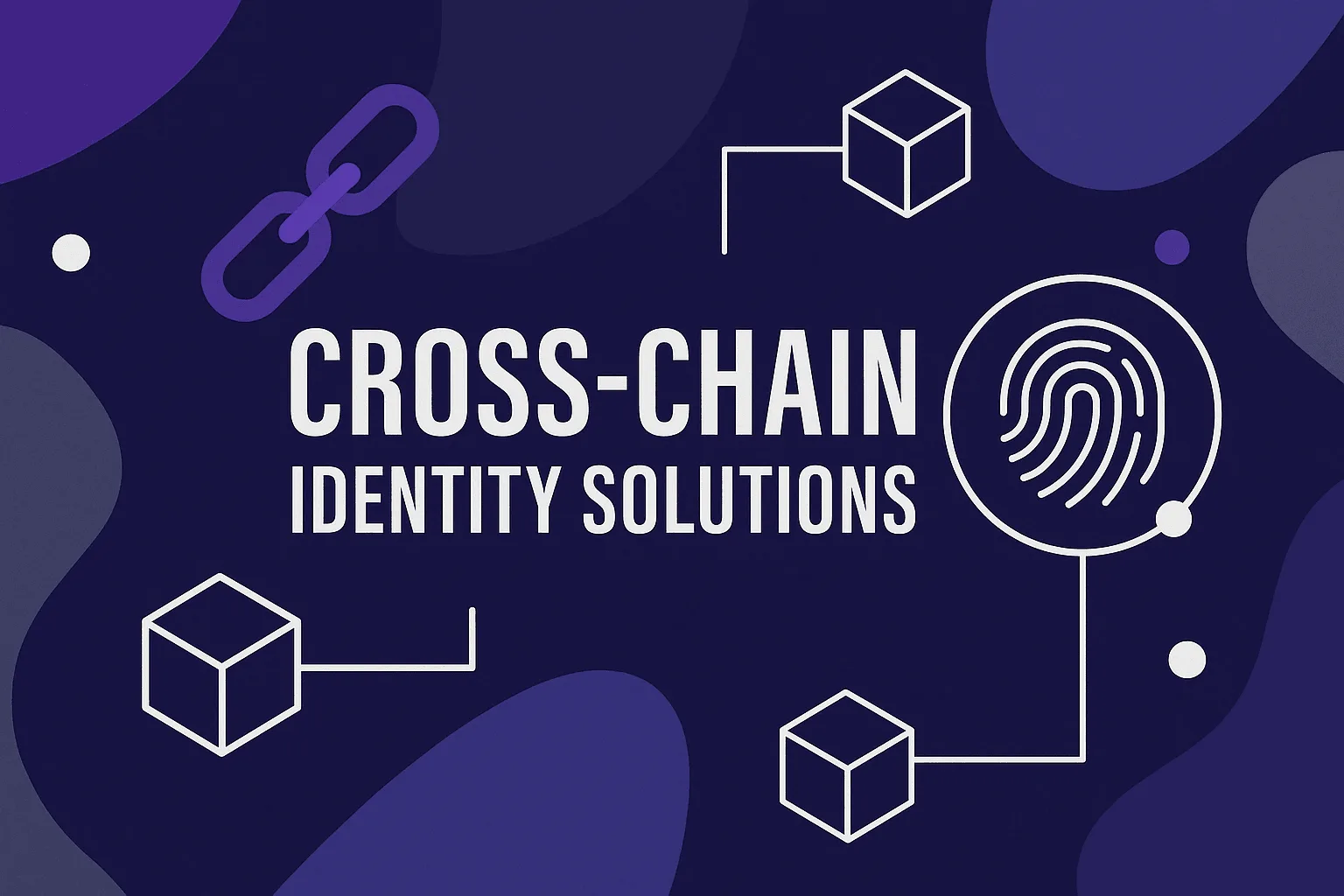
Seamless Cross-Chain DeFi Access: With a unified onchain passport, users can leverage their decentralized identity (DID) to access DeFi protocols across multiple blockchains—such as Ethereum, BNB Chain, and Polygon—without creating separate wallets or repeating KYC processes. This streamlines portfolio management and enhances user experience.
-
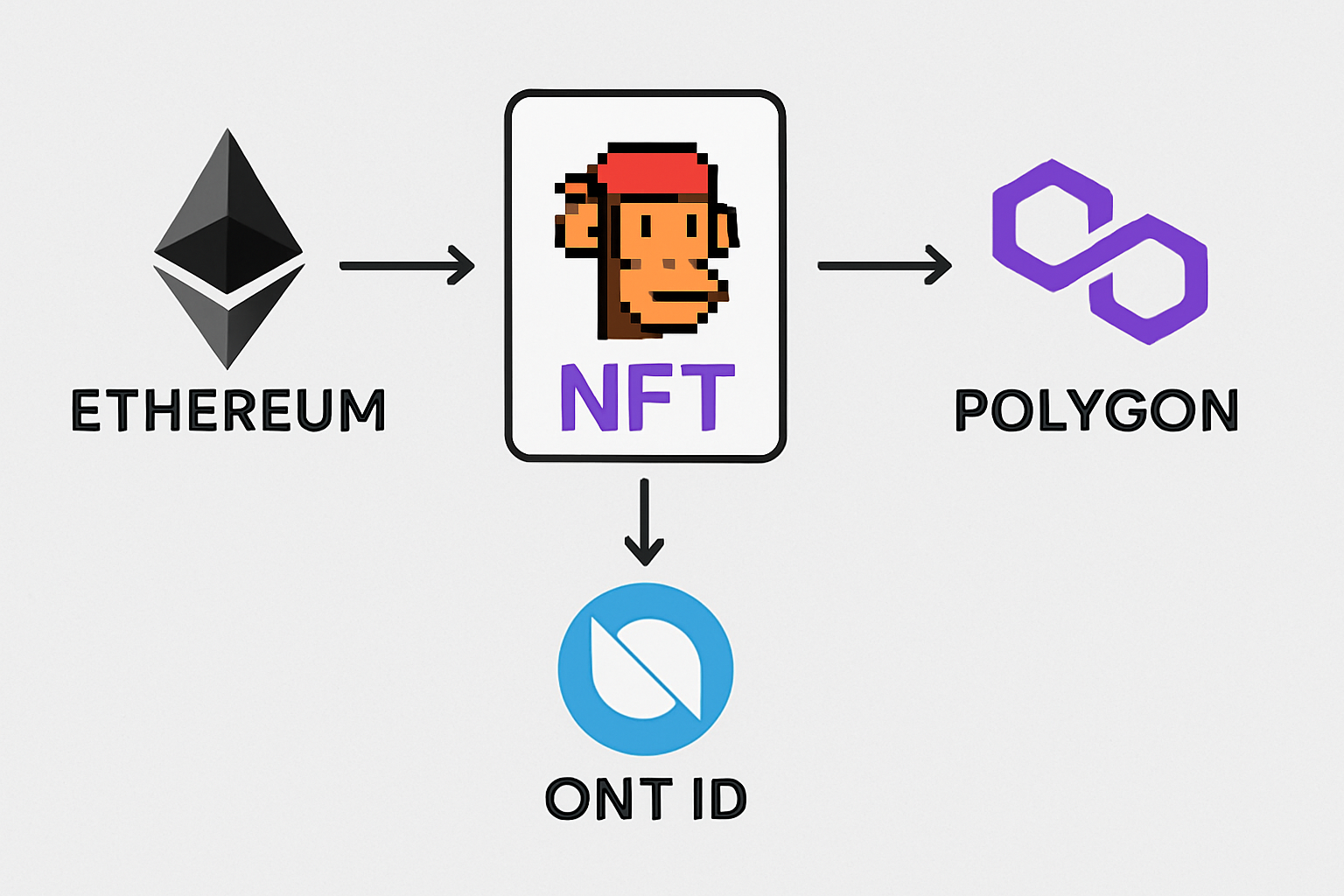
Interoperable NFT Ownership and Transfer: Unified onchain passports enable users to prove and transfer ownership of NFTs across different chains. For example, a collector can showcase and trade NFTs minted on Ethereum within marketplaces on Polygon or BNB Chain using a single identity, thanks to solutions like Ontology’s ONT ID.
-

Decentralized Identity for National e-Services: National-level initiatives like China’s RealDID System allow citizens to use blockchain-based DIDs for secure, real-name verification and private logins across various online government and financial services, all while preserving privacy and data security.
-

Cross-Chain Gaming Profiles and Asset Portability: Gamers can maintain a single, persistent identity and reputation across blockchain-based games on different networks. This allows for seamless movement of in-game assets and achievements, facilitated by interoperable identity frameworks such as Hyperledger’s Weaver.
-
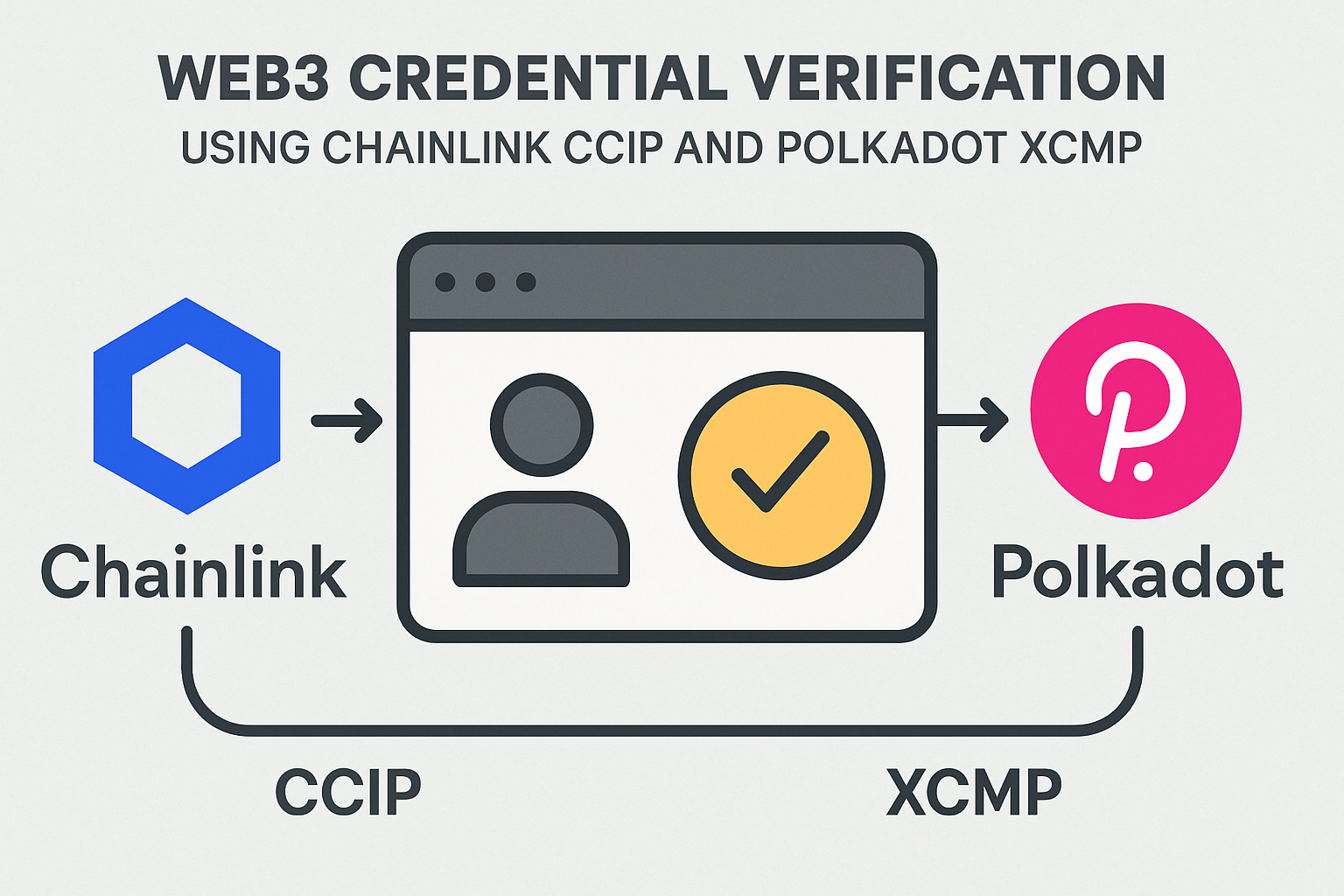
Unified Credential Verification in Web3 Workspaces: Professionals can use verifiable credentials tied to their onchain passport to prove qualifications or work history across decentralized platforms, enabling trusted collaboration and hiring across multiple blockchains with protocols like Chainlink CCIP and Polkadot XCMP.
If you’re building in Web3, or simply want more control over your digital presence, the rise of chain abstraction identity solutions marks an inflection point. The dream of one interoperable digital identity across all chains is no longer distant; it’s actively being coded into reality today.





